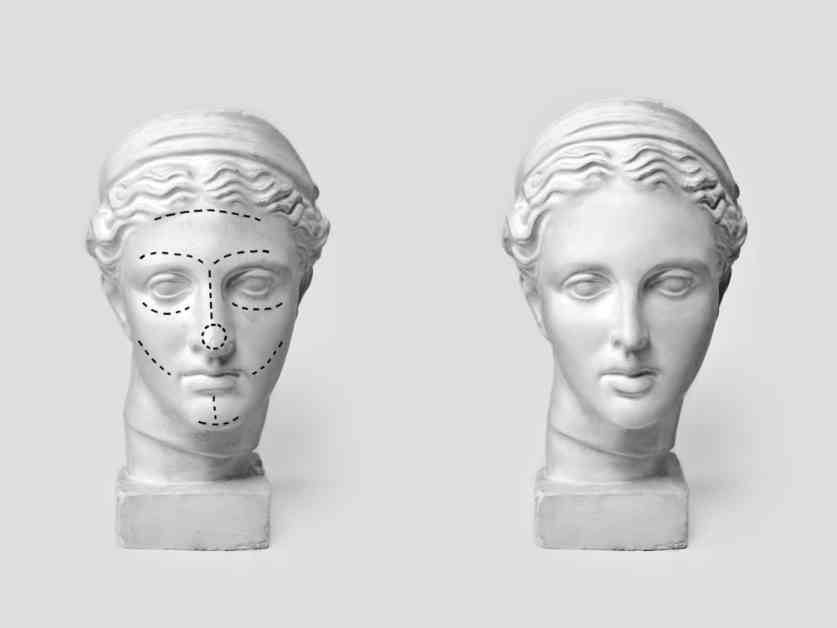The history of cosmetic surgery dates back thousands of years, rooted in the ancient practice of reconstructive surgery. The term “plastic surgery” actually comes from the Greek word “plastikos,” meaning to mold, rather than being related to the plastic material we know today. Initially, plastic surgery was looked down upon by society as interfering with the work of a higher power, even for reconstructive purposes like fixing deformities caused by birth or war.
One of the earliest forms of cosmetic surgery was the forehead flap procedure in ancient India, where noses were reconstructed after being cut off as a form of punishment. Reconstructive techniques became more refined over time, especially in response to the facial deformities caused by war, such as in World War I. Plastic surgeons had to be skilled in both dental and medical procedures to reconstruct faces damaged by bullets and shrapnel.
Modern cosmetic surgery began to gain acceptance in the 1970s, thanks to pioneers like Thomas Rees who brought science and aesthetics together in the field. Today, the best plastic surgeons are those who understand both the principles of good aesthetics and effective reconstructive techniques. The advancements in cosmetic surgery have made procedures less invasive and more natural-looking, with fillers and injections becoming popular for their ability to reverse signs of aging without the need for surgery.
Overall, the field of cosmetic surgery has evolved significantly over the centuries, from its ancient origins in reconstructive procedures to the modern techniques that prioritize both aesthetics and functionality. The best plastic surgery is subtle and natural, enhancing one’s appearance without drawing attention to the fact that a procedure has been done. As technology continues to advance, the future of cosmetic surgery looks promising in terms of achieving natural and long-lasting results.

